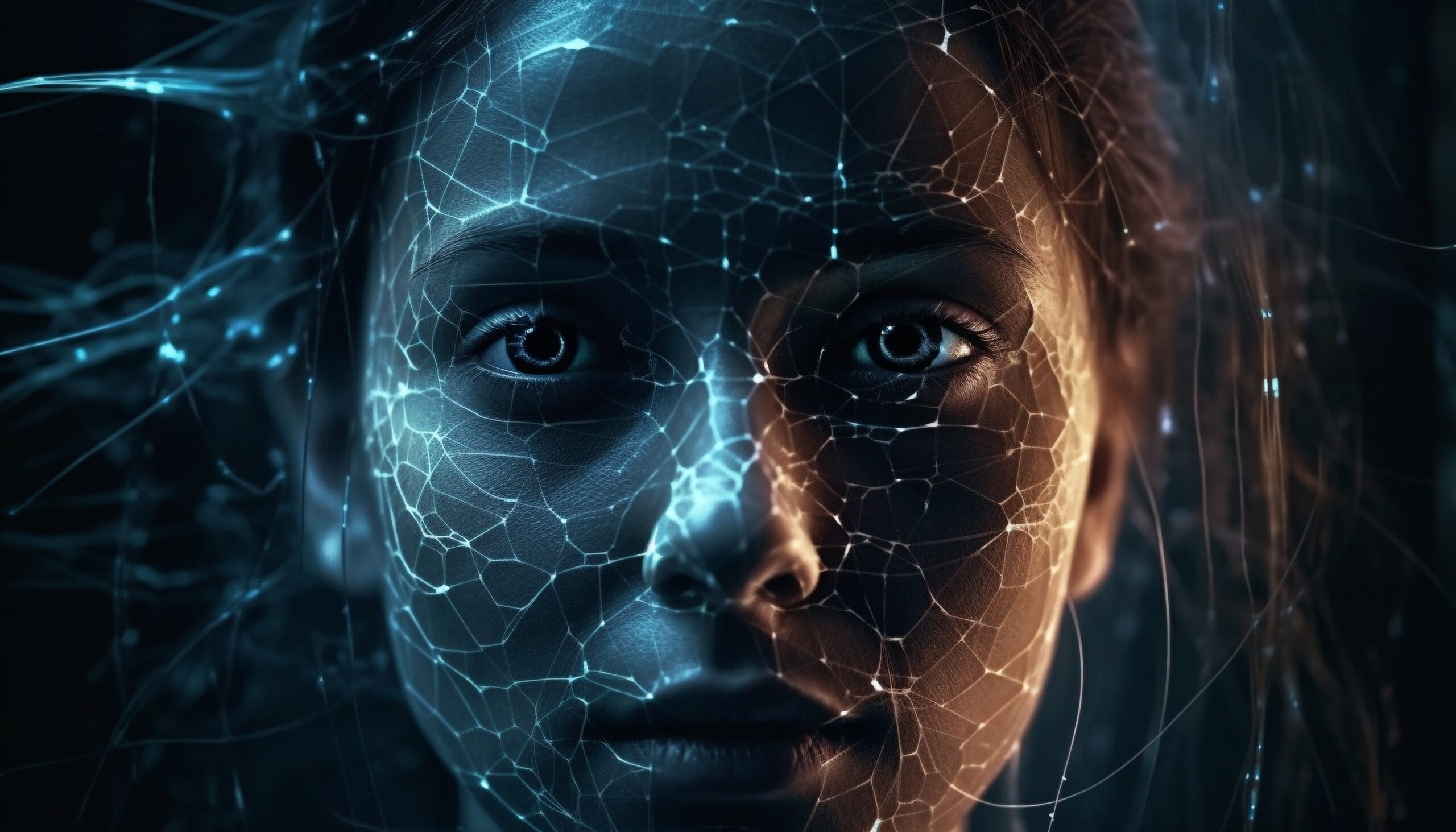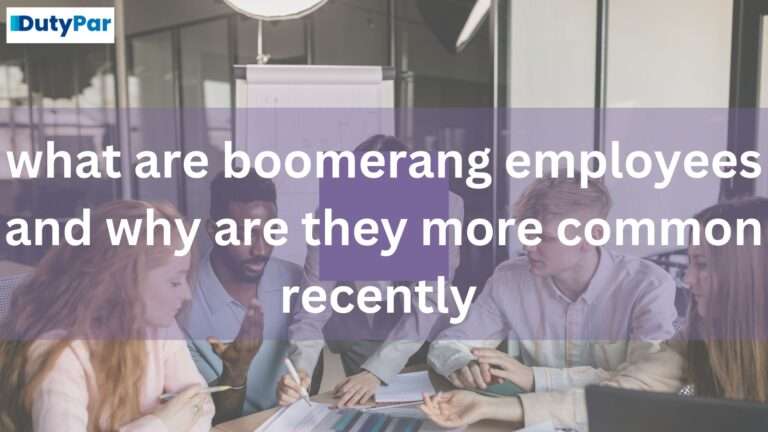What is facial recognition technology(FRT)?
A facial recognition system is a technology that uses a face analyzer software to detect, extract and identify a face from an image or a video frame, acquired in real-time through a capture device, against a large database of pre-existing facial information stored at an external server.
How does facial recognition technology(FRT) work?
General-Purpose computing on Graphics Processing Units (GPGPUs) leverages the immense parallel processing power of Graphical Processing Units(GPUs) to perform select functions that are traditionally suited to Central Processing Units(CPUs) like non-graphical computations thus providing significant speedup and performance improvements for various applications.
What are the types of facial recognition technology (FRT)?
Since facial recognition’s inception in the 1960s it has evolved over time from Viola-Jones haar to histogram of oriented gradients(HOG) model in pursuit of a higher accuracy rate. Modern facial recognition uses a type of a neural network called convolutional neural network(CNN). A Convolutional Neural Network, also known as CNN or ConvNet, is a class of neural networks that specialises in processing data that has a grid-like topology, such as an image. A digital image is a binary representation of visual data. It contains a series of pixels arranged in a grid-like fashion that contains pixel values to denote how bright and what colour each pixel should be.
What is facial recognition technology (FRT) used for?
In terms of the scope of its applications facial recognition outshines other biometric devices. These include:
Law enforcement
According to an NBC report, facial recognition technology is being increasingly used amongst law enforcement agencies all across the world. Police collects mugshots from arrestees and compare them against local, state, and federal face recognition databases. Once an arrestee’s photo has been taken, their picture will be added to databases to be scanned whenever police carry out another criminal search. Also, use of mobile cameras for facial recognition allow interested actors to use smartphones, tablets, or other portable devices to take a photo of a suspect in the field and immediately compare it against various facial recognition databases available worldwide to attempt an identification.
Attendance tracking
From educational institutions the use of face recognition to ensure students are on time and are not skipping sessions. Tablets are used to scan students’ faces and match them to photos in a database to validate their identities. More broadly, the technology can be used for workers to sign in and out of their workplaces, so that
Unlocking phones
Various phones use face recognition to unlock the device. The technology offers a powerful way to protect personal data and ensures that sensitive data remains inaccessible if the phone is stolen. Apple claims that the chance of a random face unlocking your phone is about one in 1 million.
Finding missing persons
Facial recognition can be used to find missing persons or victims of forced labour and human trafficking. Suppose missing individuals are added to a database. In that case, law enforcement can be alerted as soon as they are recognized by face recognition — whether it is in an airport, retail store, or other public space.
Marketing and advertising
Marketers have used facial recognition to enhance consumer experiences. For example, frozen pizza brand DiGiorno used facial recognition for a 2017 marketing campaign where it analysed the expressions of people at DiGiorno-themed parties to gauge people’s emotional reactions to pizza. Media companies also use facial recognition to test audience reaction to movie trailers, characters in TV pilots, and optimal placement of TV promotions. Billboards that incorporate face recognition technology – such as London’s Piccadilly Circus – means brands can trigger tailored advertisements.
Drowsiness detection
According to a consumer report, car companies are experimenting with facial recognition to replace car keys. The technology would replace the key to access and start the car and remember drivers’ preferences for seat and mirror positions and radio station presets. Also bus drivers
Fraud detection
Companies use facial recognition to uniquely identify users creating a new account on an online platform. After this is done, facial recognition can be used to verify the identity of the actual person using the account in case of risky or suspicious account activity.
Cyber security
Companies use facial recognition technology instead of passwords to strengthen cybersecurity measures. It is challenging to gain unauthorised access into facial recognition systems, as nothing can be changed about your face. Face recognition software is also a convenient and highly accurate security tool for unlocking smartphones and other personal devices.
Where is facial recognition technology (FRT) used?
The following are some practical applications of a face recognition technology :
Airport and border control
Many airports use biometric data as passports, allowing travellers to skip long lines and walk through an automated terminal to reach their gate faster. Face recognition technology in the form of e-Passports reduces wait times and improves security.
Banks and financial institutions
Individuals authenticate transactions by simply looking at their phone or computer instead of using one-time passwords or two-step verification. Facial recognition is safer as there are no passwords for hackers to compromise. Similarly, some ATM cash withdrawals and checkout registers can use facial recognition for approving payments.
Biometric online banking is another benefit of face recognition. Instead of using one-time passwords, customers can authorise transactions by looking at their smartphone or computer. With facial recognition, there are no passwords for hackers to compromise. If hackers steal your photo database, ‘liveness’ detection – a technique used to determine whether the source of a biometric sample is a live human being or a fake representation – should (in theory) prevent them from using it for impersonation purposes. Face recognition could make debit cards and signatures a thing of the past.
Hospitals and healthcare institutions
Facial recognition can be used to gain access to patient records. It can streamline the patient registration process in a healthcare facility and autodetect pain and emotion in patients.Hospitals use facial recognition to help with patient care. Healthcare providers are testing the use of facial recognition to access patient records, streamline patient registration, detect emotion and pain in patients, and even help to identify specific genetic diseases. AiCure has developed an app that uses facial recognition to ensure that people take their medication as prescribed. As biometric technology becomes less expensive, adoption within the healthcare sector is expected to increase.
Schools
Face recognition can be used to track the attendance of students. This information can be used to identify students who are frequently absent and target them for interventions. This can help improve student attendance overall, which can have a number of positive outcomes, such as improved academic performance.
Facilities
Facial recognition is widely used in commercial and residential facilities to grant access to authorised employees or pre-registered guests or restrict access to unauthorised personnels.
Offices
Facial recognition is widely used in government institutions to keep track of the staff members and maintain records of their attendance
Roads
Facial recognition technology(FRT) can continually check a driver’s alertness and becomes vital when long distances are being travelled. If a driver appears to be nodding off, it could automatically switch off cruise control, slowing the vehicle gradually before the system gives an alert to the driver or an authorised personnel. A call can be made to the fleet manager, warning that the driver is overtired, he could then decide what to do with the driver.
Casinos
One of the most popular applications of this technology is in helping casinos beef up their security. This doesn’t just apply to those trying to buck the system through card counting and such. It also keeps track of who is on what machine when there is a financial threshold surpassed in one game, or if there is a cybersecurity issue and other crimes. It’s also set to be used to track problem customers and other gamblers who have displayed suspicious behaviours in the past.
Retail outlets
The technology offers the potential to improve retail experiences for customers. For example, kiosks in stores could recognize customers, make product suggestions based on their purchase history, and point them in the right direction. “Face pay” technology could allow shoppers to skip long checkout lines with slower payment methods.
Parallel Processing: The essence of GPU computing lies in parallel processing. This technique involves breaking complex tasks into smaller, independent subtasks and executing them simultaneously. The GPU’s architecture lends itself exceptionally well to this parallelism, making it ideal for tasks that involve massive data manipulation, such as scientific simulations, image processing, and machine learning.
Programming Models: To harness the immense parallel processing capabilities of GPUs, developers typically use programming languages like CUDA (Compute Unified Device Architecture) for NVIDIA GPUs or OpenCL, which is more vendor-agnostic. These programming models enable developers to write code that takes full advantage of the GPU’s parallelism.
Why is facial recognition technology (FRT) important?
Traditional User identifier and password combinations are becoming increasingly vulnerable by the hour. Many companies are demanding their customers to use longer and more complex passwords, which is proving to be an unnecessary hassle as it is unable to curb data breaches,a multifactor identity-based biometric authentication is the future. Facial recognition being less hardware heavy and more accurate and permanent than other biometric devices in the market is set to become the biometric option of the future.
Is facial recognition technology (FRT) safe?
Facial recognition systems store biometric data in the form of unique mathematical patterns. Researches have shown that facial recognition maintains a higher rate of accuracy over a longer window of time compared to other biometric alternatives. They are also hasslefree and contactless, making them the most hygienic biometric device in the market. Hence, they are among the safest and most effective identification methods in biometric technology. Facial data can be made anonymous and kept private to reduce the risk of unauthorised access. Liveness detection technology distinguishes live users from their facial images or any other kind of attempted fraud. This prevents the system from being tricked by the photograph of a live user.



